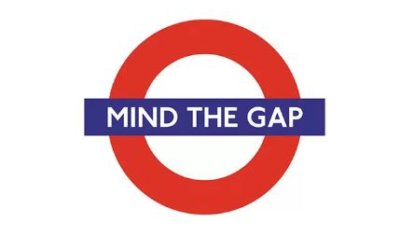When my Dad entered college in 1949, the $700 annual cost seemed daunting, compared with an annual family income that might have been $3,000. The construction of the New York State Thruway was an opportunity for him to make enough in a summer to pay a year’s bill. Just before his senior year, he headed to Alaska and worked two jobs for over two months, returning home with a wad of cash. Another year paid in full.
There were no federal student loans, Pell grants, State awards or institutional tuition discounts. Some classmates were supported by the newly created GI Bill but the rest had to figure a way to make it all work. Oh and my mom, facing a senior year with an empty bank account, received a check from her grandmother, a widow for twenty years who operated a successful farm. Similar stories abound about parents or grandparents scratching their way through college.
Today, that same college has a sticker price exceeding $36,000. The miracle of tuition discounting means that the average net price paid is around $21,000, a full thirty times what it was two generations ago. College students don’t make $21,000 in a summer. Before taxes, up to $6,000 is possible, working fifteen weeks at $10 per hour. The rest is up to the family.
And so we borrow; a practice that has mushroomed over the past twenty years. With entry level jobs continuing to be tough to come by, it is no surprise that default rates remain higher than the interest paid by borrowers. The government’s pool of lending resources has a leak, requiring more and more funding each year. Congress, weighing how effective such programs are, has already allowed the Perkins loan program to lapse. What if the venerable Stafford loan was next?
I propose a radical idea about the payment of student loans. With employers having to withhold for Social Security payments already, I propose that student loans be paid through an increase in those withholdings. Here’s how it would work.
Instead of having 7.65% taken out for Social Security, I propose that those with federal student loans outstanding have a mandatory 11% withheld. The added 3.35% of earnings would be applied directly to the student loan balance. The employer can optionally match the employee’s contribution, receiving a tax deduction for the payment, with no taxability flowing to the employee. It would thus be possible for a full 6.7% of a graduate’s salary to be used to pay off student loans, provided the employer participated. The student would only be paying half of that amount.
Then add this kicker; whether the employer participates or doesn’t, the 3.35% withheld from the employee would be the maximum required to be paid by a student for their federal student loans. This amount would be withheld until the debt is paid off, with interest. At $40,000 per year of earnings and the full employer match, $22,000 of debt would be retired in ten years. Otherwise, it could take twenty years or more but the graduate would be limited to this amount. No deferrals or hardship cases – just a straight 3.35% required to be withheld.
Employers would merely look in a government database to determine if the employee had a federal loan balance and monthly online statements would be available for the employer and employee to view. The technology to manage this would be simple.
The benefits are many. Default rates would decline significantly. Graduates would hardly see a difference in their monthly budgets. And the government would have a more reliable mechanism for refilling the student loan well.
What do you think?
My next installment will deal with reducing the impact of default rates. See it here: https://www.linkedin.com/pulse/managing-federal-student-loan-defaults-assigning-some-jeff-spear?trk=pulse_spock-articles



